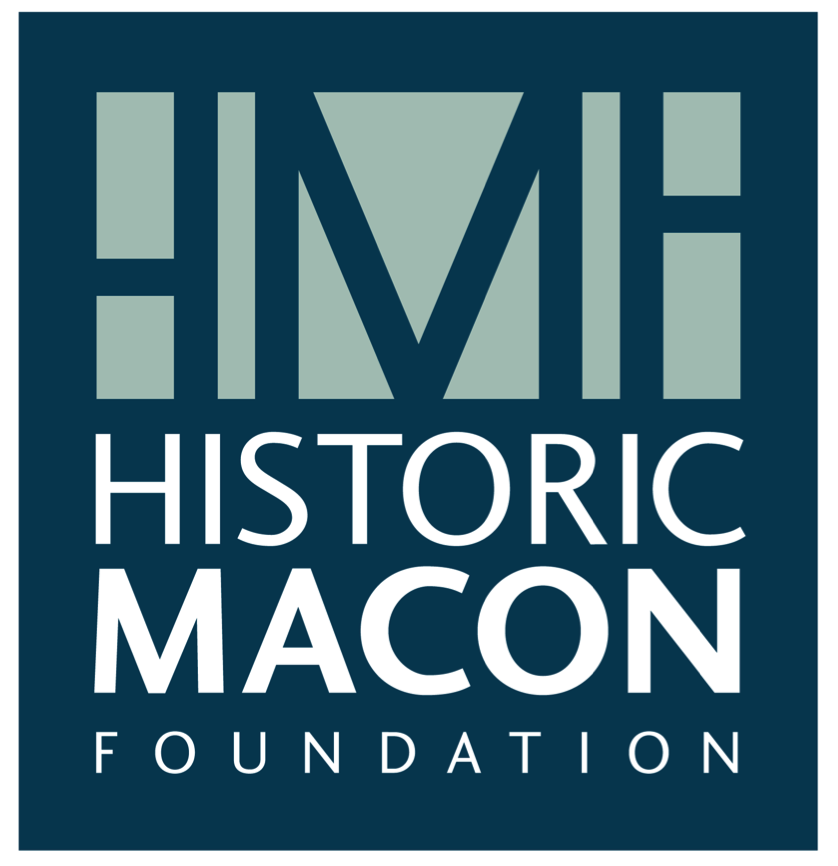On June 15, Historic Macon received a letter from Georgia’s Historic Preservation Division stating the Porter House is eligible for listing in the National Register of Historic Places. This decision recognizes the house’s historical and architectural significance and makes it eligible for national and state preservation incentives.
In cooperation with HMF, Wesleyan College, and James Hyde Porter Charitable Trust, the Porter House was moved from its original location on Houston Road in November of 2013 to save it from demolition. Typically, structures that have been moved are not accepted to the Register, but the Porter House’s significance trumped the relocation.
James Hyde Porter and his wife Olive Swann Porter donated money to many educational and religious institutions. They also spent their wealth on a long trip to France in 1927 as well as constructing the house, which was completed by 1928. After Mrs. Porter’s death in August 1939, Mr. Porter moved to this house exclusively and began to give generously to local religious, civic, and educational facilities. In 1940, Mr. Porter gave $100,000 to Wesleyan College for the then new campus on Forsyth Road and paid for the construction of a new female dormitory, still known today as Porter Hall, on the Mercer University campus. Mr. Porter earned his wealth as Vice President of the Bibb Manufacturing Company.
Architecturally, the house is a direct result of the Porters’ trip to France in the 1920s. Like many wealthy individuals of their era, the Porters used their fortune for a European holiday, and their time “motoring through Normandy” inspired the design of the house.
Dunwody & Oliphant Architects of Macon created the original architectural specifications for the Porter House in early twentieth century. After the house’s move, Dunwody/Beeland Architects, Incorporation, the same firm that originally designed the house, oversaw the exterior reconstruction process.
According to Kim Campbell, HMF Preservation and Education Coordinator, “The Porters’ generous contributions to education have both local and state significance, and the Porter House is the only building associated with that period of greatest giving. Although the place, in the strict theoretical sense, will never be what it was prior to its move, it still evokes the personality of its original owner. Given this structure’s historical significance and unique architecture, it is worthy of both preservation and inclusion to the National Register.”





